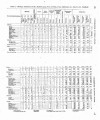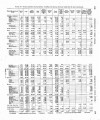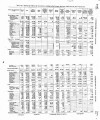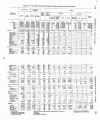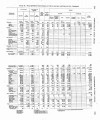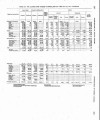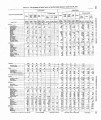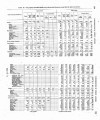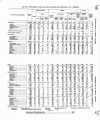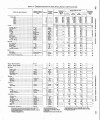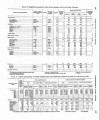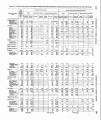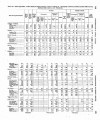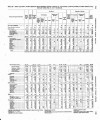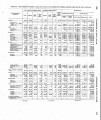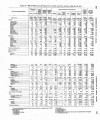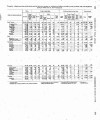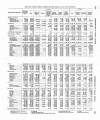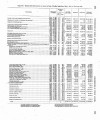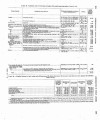| Title |
Annual Report of the Commissioner of Indian Affairs - 1916 |
| Subject |
Indian reservations; Federal government; Indians of North America; Maps; Work; Land use; Allotment of land; Treaties; Agriculture; Timber; Health; Indians of North America--Social life and customs; Water rights; Natural resources; Education; Indians of North America--Education; Livestock; Employment (Economic theory); Courts; Religion; Missionaries; Indigenous peoples--North America |
| Keywords |
Annual Report; Indian Agency; Reservations; Land Rights; Tribal Funds; Allotment; Mining; Fishing Rights; Superintendency; Native Americans |
| Publisher |
Digitized by J. Willard Marriott Library, University of Utah |
| Tribe |
Ute |
| Band |
Uintah |
| Language |
eng |
| Description |
Excerpts concerning Utah from the Annual Report of the Commissioner of Indian Affairs - Courtesy of the University of Wisconsin Digital Collections. The Commissioner of Indian Affairs discusses efforts to eradicate diseases, enrollment, performance, and health at Indian schools, industrial pursuits, and projects to refurbish Indian agency buildings (including buildings at the Uintah Agency). The Commissioner provides statistics pertaining to the various tribes, including the Utes |
| Type |
Text |
| Coverage |
Uintah and Ouray Indian Reservation (Utah); Utah; Washington (D.C.) |
| Format |
application/pdf |
| Rights |
Digital Image © 2011 America West Center. All Rights Reserved |
| ARK |
ark:/87278/s6sn35pc |
| Creator |
Commissioner of Indian Affairs; Sells, Cato, 1859-1948 |
| Date |
1916 |
| Spatial Coverage |
Uintah and Ouray Indian Reservation (Utah); Washington (D.C.); Utah |
| Setname |
uaida_main |
| ID |
376959 |
| Reference URL |
https://collections.lib.utah.edu/ark:/87278/s6sn35pc |




























































































